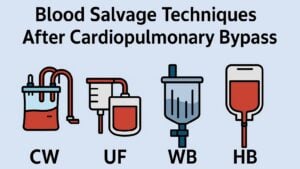Objectives: To optimize the early prediction of prolonged postoperative mechanical ventilation after cardiac surgery (>24 hours postoperatively).
Design: The authors performed a retrospective analysis.
Setting: The Australian and New Zealand Society of Cardiac and Thoracic Surgeons (ANZSCTS) database was utilized.
Participants: All patients included in the ANZSCTS database between January 2015 and December 2018 were analyzed.
Interventions: No interventions were performed in this observational study.
Measurements and main results: A previously developed model was modified to allow retrospective risk calculation and model assessment (Modified Hessels score). The database was split into development and validation sets. A new risk model was developed using forward and backward stepwise elimination (ANZ-PreVent score). The authors assessed 48,382 patients, of whom 5004 (10.3%) were ventilated mechanically for >24 hours post-operatively. The Modified Hessels score demonstrated good performance in this database, with a c-index of 0.78 (95% CI 0.77-0.78) and a Brier score of 0.08. The newly developed ANZ-PreVent score demonstrated better performance (validation cohort, n = 12,229), with a c-index of 0.84 (95% CI 0.83-0.85) (p < 0.0001) and a Brier score of 0.07. Both scores performed better than the severity of illness scores commonly used to predict outcomes in intensive care.
Conclusions: The authors validated a modified version of an existing prediction score and developed the ANZ-PreVent score, with improved performance for identifying patients at risk of ventilation for >24 hours. The improved score can be used to identify high-risk patients for targeted interventions in future randomized controlled trials.
Keywords: Cardiac surgery; intensive care; mechanical ventilation; risk score.







